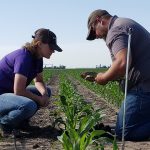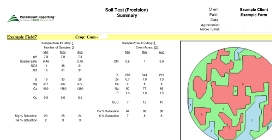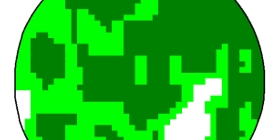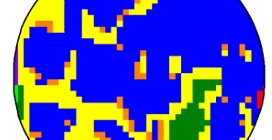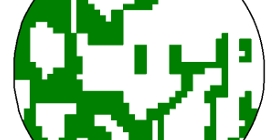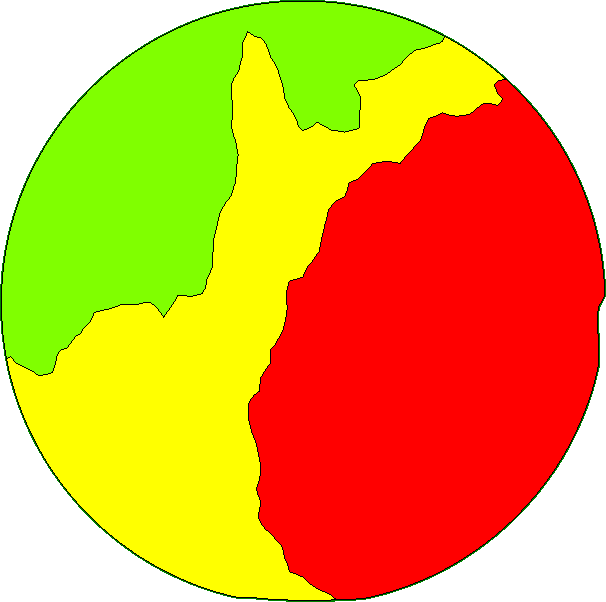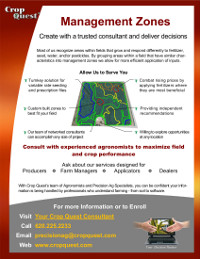MANAGEMENT ZONES
A zone is a group of like areas in a field that respond to inputs in much the same way. Divide a field into multiple similar areas and you have management zones for Precision Ag use. Because each zone responds differently to inputs, management zones allows for better input placement. Managing high yielding fields the same as low yielding fields doesn’t make sense. Likewise, the same thing can be said for areas within a field. Most of us recognize areas within fields that respond differently to inputs such as fertilizer, seed, water, and pesticides. By grouping areas within a field that behave similarly more efficient application of inputs is guaranteed.
Three benefits of using Management Zones in Precision Ag
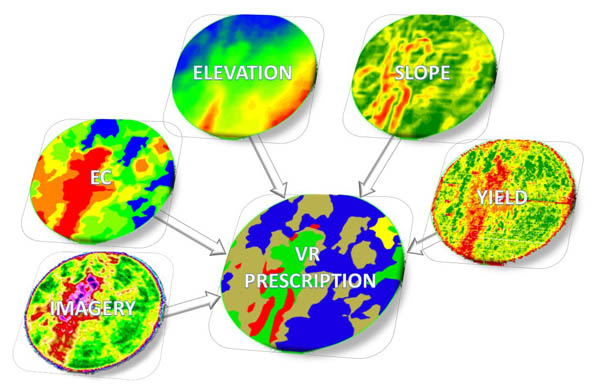
Creating Management Zones from Field Data Layers
Now that we know what a management zone is, lets take a look at how to make them. First, identify the problem needing fixed. Next, list the input products that will be used. Then, consider the field data layers that are available. Finally, build basic zones to fix the problem. Even if it’s a simple beginning, it’s better to start than to delay.
Management zones grow and adapt as new precision ag technology allows them to. Consequently, they are always evolving. For example, a basic set of soil sampling zones can be created from a SSURGO soil map. After that, lets say the field was soil texture mapped. The soil texture mapping is more detailed. As a result, the soil sampling zones evolve and are refined because of better technology and field data. As sensors become more and more common this trend if sure to continue.
Management Zones Get Smarter With Age
For example, zones that stared with field knowledge and hand drawn features often grow and get smarter. Again, it’s better to start and build on the management zones as you learn.
Similarly, as more yield data is analyzed that information can be incorporated into fertility zones. Yield analysis is a great way to get trends over time. For example, a spatial yield trends map shows the average yield of management zones across multiple years. Using spatial trends for variable yield goals and nitrogen management is an excellent way to match inputs with productivity zones.
Crop health imagery is included with crop consulting service and adds the ability to make on the fly adjustments to management zones. That’s because crop health imagery is typically being captured on a weekly interval. Examples of how to use these would be variable rate growth regulators in cotton and NRage nitrogen topdress applications in wheat.
Elevation data comes from many sources. For example, soil texture mapping, topo surveys, and monitor data. The key is to make sure it’s high quality. Then incorporate the data into the zones by outlining hilltops, water holes and side hill slopes. Often times variable rate seeding and water management services make good use of elevation data with field zones.
To sum it up, it’s obvious that with management zones there are a lot of way to build them and a lot of precision ag uses for them. Choosing the right layers to reap the quickest return is critical. Building zones does take time, but it has the potential to pay dividends year after year.
